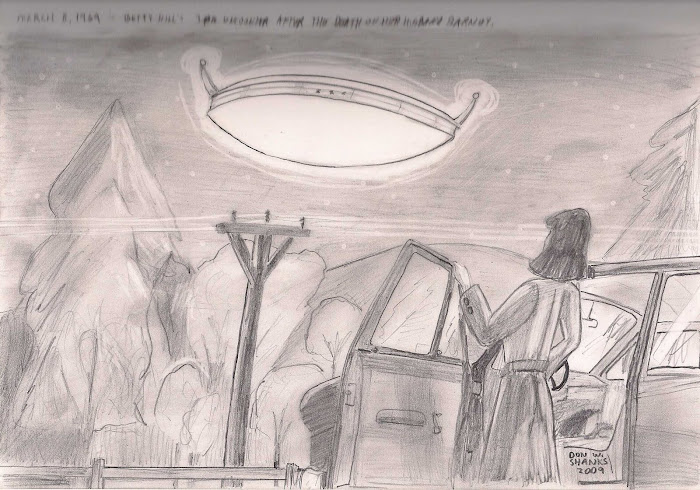
Defense Secretary Robert Gates said he wanted to accelerate the purchase of F-35s through 2015. In the Market Watch article I read, that figure was from 513 F-35 fighters through 2015 and up to a fleet of 2,443 F-35s eventually. But in latest report from the Pentagon, planned purchases for fiscal year 2011 will be about 391 - a reduction of 122 fighters through the same year.
This cutback for Lockhed-Martin which was trying to increase its production rate of the aircraft to one a day in the next 5-6 years. Higher production rates mean a lower cost for each individual airplane. Plus Lockheed will be relying heavily on automated and assembly-line production methods to meet its target goals.
While the United States is the primary customer, other countries are wanting some of the action as well. Such as the United Kingdom, the Netherlands, Canada, Norway, Denmark, Australia, and Turkey. Sales of the F-35 expect to top out over $16 billion by 2016. Reporter Christopher Hinton in his article stated that this is 25% of Lockheed-Martin's total revenue. This is information provided for by Bernstein Research. Each F-35 costs about $83 million right now and costs per plane by 2014 is expecting to go down to $80 million per airplane.
The title for my post is more tongue in cheek than any actual threats to production. But I have been thinking lately that these big companies in the US Industrial/Military complex are pricing themselves out of business with their biggest customer - the United States of America.
Not being an insider, I wonder if smaller companies - say Cessna, Piper, Air Tractor, etc., be given funding to produce flying prototypes of next generation fighter aircraft. Look at the problems the USAF is having trying to get a replacement for the air tanker role. It is so bogged down with politics now. Boeing or Northrup/Grumman(EADS). There is a article on James Hasik blog you ought to take a look at. See the ref section for the link. I mean, we are at the point that we might as well split the purchase of those tankers between the two companies.
These other companies should be able to come up with fresh ideas that do not cost in the billions the same old way that Lockheed and Boeing keep on doing for the past 50 years. We keep finding ourselves in COIN operations and not World War Three. While I realize that we need to have equipment that can operate in WW3, those same fighters do not have the abilities that aircraft set up for COIN operations need to have.
And I guess the main thrust of my post here is that we seem to be stuck in a groove. We want fighters for World War Three - go to Lockheed-Martin. Want a fighter for the Navy-go to Northrup/Grumman. Need a bomber or tanker-Boeing or Airbus now.
Maybe in 2010, things will settle down as far as how new equipment for our military will be planned for and purchased.
Bloomberg also had a new article on military programs January 8, 2010 by Tony Capaccio (see link below). It delt more with Def. Secretary Robert Gates restoring funding to several programs including the C-130 upgrade program.
___
Ref. Market Watch, Christopher Hinton, January 7, 2010. (http://www.marketwatch.com/story/pentagon-may-cut-production-for-lockheeds-f-35-2010-01-07?siteid=rss&rss=1).
James Shasik, January 3, 2010 (http://www.jameshasik.com/weblog/2010/01/four-issues-with-the-usafs-tanker-rfp-and-an-analysis-of-the-split-buy-concept-part-one.html).
Bloomberg, Tony Capaccio, January 8, 2010. (http://www.bloomberg.com/apps/news?pid=20601103&sid=a..NOafAKjFw)














+033.jpg)